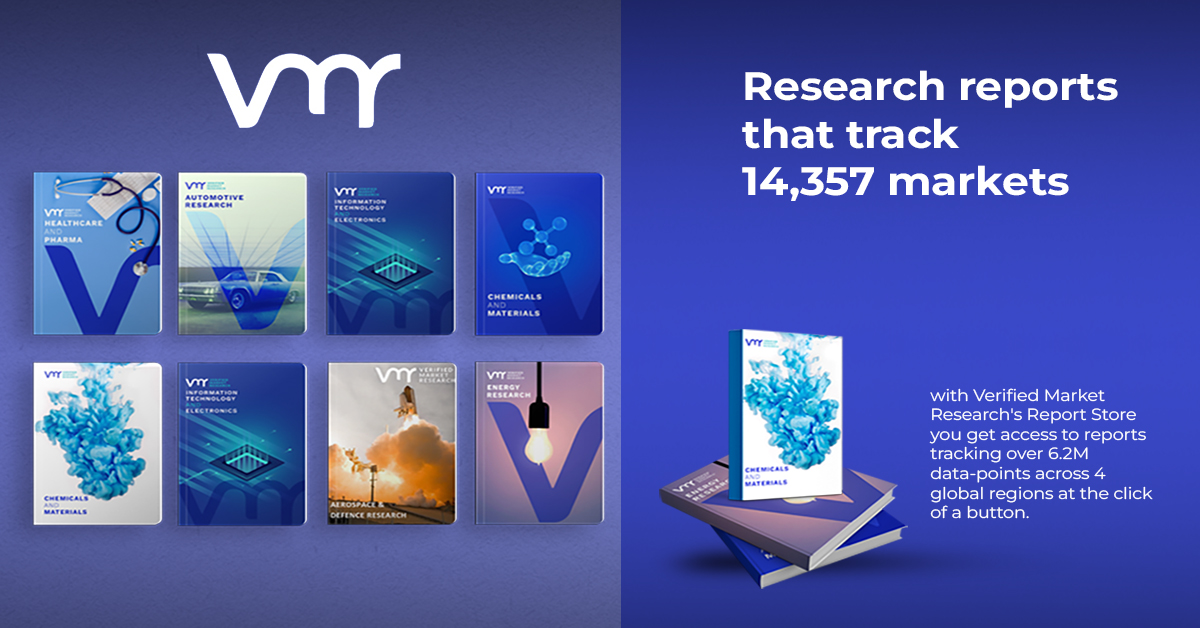Revolutionizing Work: Key Developments in the Remote Workforce Management Software Market
The remote workforce management software market has undergone significant transformations, especially in the wake of global shifts toward remote work. This article delves into the latest trends, key players, and emerging technologies that are reshaping how organizations manage their remote teams.
Understanding the Shift to Remote Work
The COVID-19 pandemic catalyzed a massive shift toward remote work, prompting companies worldwide to adapt quickly. According to a report by Gartner, 82% of company leaders plan to allow employees to work remotely at least part-time. This seismic change has led to an increased demand for robust workforce management software that can streamline operations, enhance productivity, and ensure employee engagement.
Key Features of Remote Workforce Management Software
Remote workforce management software encompasses a variety of tools designed to facilitate employee management from a distance. Here are some essential features that have emerged as critical in the market:
- Time Tracking: Accurate timekeeping is vital for payroll and productivity analysis. Advanced tools now offer automated tracking, eliminating the potential for human error.
- Project Management: Effective project management tools enable teams to collaborate seamlessly, set milestones, and track progress in real-time.
- Communication Tools: Integrated communication platforms foster collaboration and keep teams connected, whether through chat, video calls, or document sharing.
- Performance Monitoring: Organizations can now track individual performance metrics, providing insights into productivity levels and areas for improvement.
- Employee Engagement: Software that includes engagement surveys and feedback tools helps maintain morale and ensure team cohesion.
Major Players in the Market
Several key players are at the forefront of the remote workforce management software market, each contributing unique solutions:
- Slack: Originally a communication tool, Slack has expanded its offerings to include project management and integration with various productivity apps.
- Trello: Trello’s visual project management capabilities allow teams to organize tasks easily, making it a favorite for remote teams.
- Asana: Asana combines project management with employee performance tracking, providing managers with insights into team dynamics.
- Zoom: Known for its video conferencing capabilities, Zoom has integrated collaboration features that support remote work.
- Wrike: With its robust project management features, Wrike offers tools for tracking time, managing resources, and monitoring progress.
Trends Shaping the Future of Remote Workforce Management
1. Integration of Artificial Intelligence (AI)
AI is transforming remote workforce management by automating repetitive tasks, providing predictive analytics, and enhancing decision-making. For example, AI-driven tools can analyze employee performance data to suggest personalized training programs. This not only saves time but also ensures that employees are continually developing their skills.
2. Increased Focus on Employee Well-being
As companies navigate the challenges of remote work, there is a growing emphasis on employee well-being. Software that incorporates mental health resources, wellness tracking, and flexible scheduling options is gaining traction. According to a survey by LinkedIn, 80% of employees report that well-being initiatives positively impact their productivity.
3. Enhanced Cybersecurity Measures
With the rise of remote work comes increased risks of cybersecurity breaches. Remote workforce management software now often includes advanced security features such as multi-factor authentication, end-to-end encryption, and regular security audits to protect sensitive data.
4. Gamification of Employee Engagement
Gamification is emerging as a popular strategy for enhancing employee engagement. By incorporating game-like elements into workforce management software, companies can motivate employees through rewards, challenges, and leaderboards. This approach can significantly boost morale and productivity, making remote work more enjoyable.
5. Data-Driven Decision Making
The ability to collect and analyze data has become a critical aspect of remote workforce management. Software solutions now offer real-time analytics dashboards, enabling managers to make informed decisions based on up-to-date information. This trend is likely to continue as businesses strive for greater transparency and accountability.
Challenges Facing the Remote Workforce Management Software Market
Despite the advancements, several challenges persist in the remote workforce management software landscape:
- Adoption Barriers: Some companies struggle to adopt new technologies due to resistance from employees or lack of training.
- Data Privacy Concerns: With increased data collection comes the need for strict compliance with privacy regulations, which can be a hurdle for some organizations.
- Dependence on Technology: Relying heavily on software can lead to disruptions if technical issues arise, impacting team productivity.
Future Outlook
The remote workforce management software market is poised for substantial growth. Research by Fortune Business Insights predicts the market will reach $18.84 billion by 2027, growing at a CAGR of 14.4%. This growth will likely be fueled by continued investments in technology and a permanent shift towards hybrid work models.










